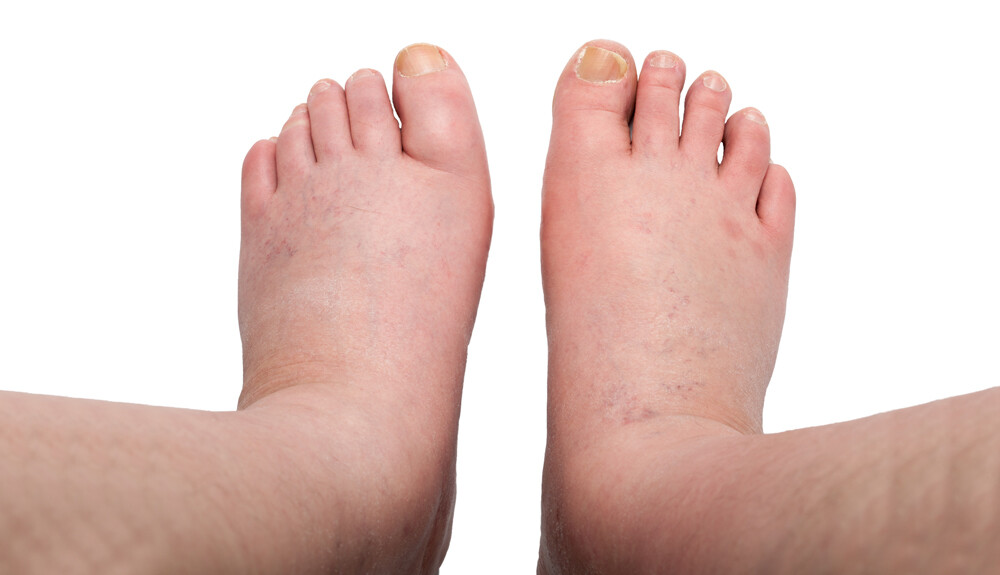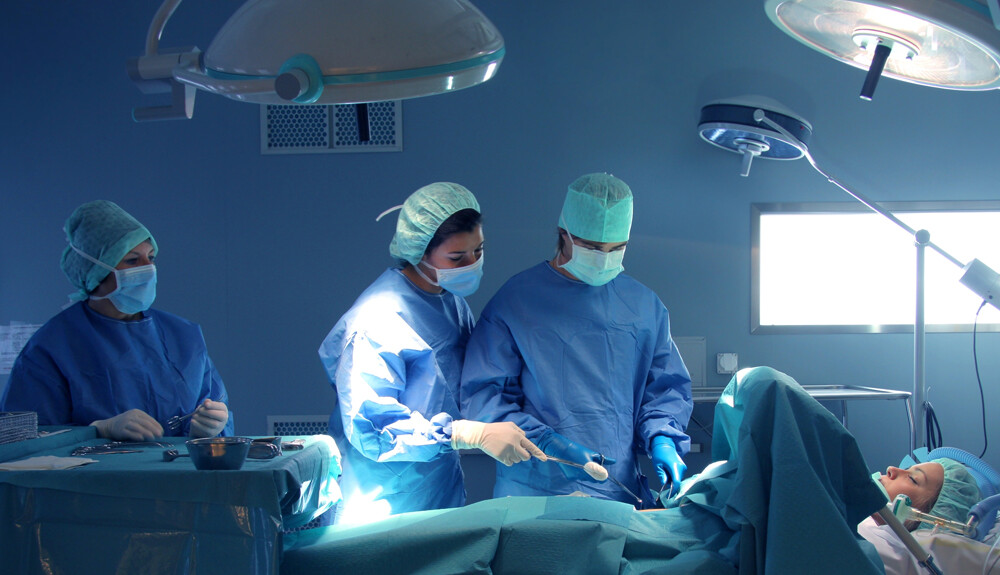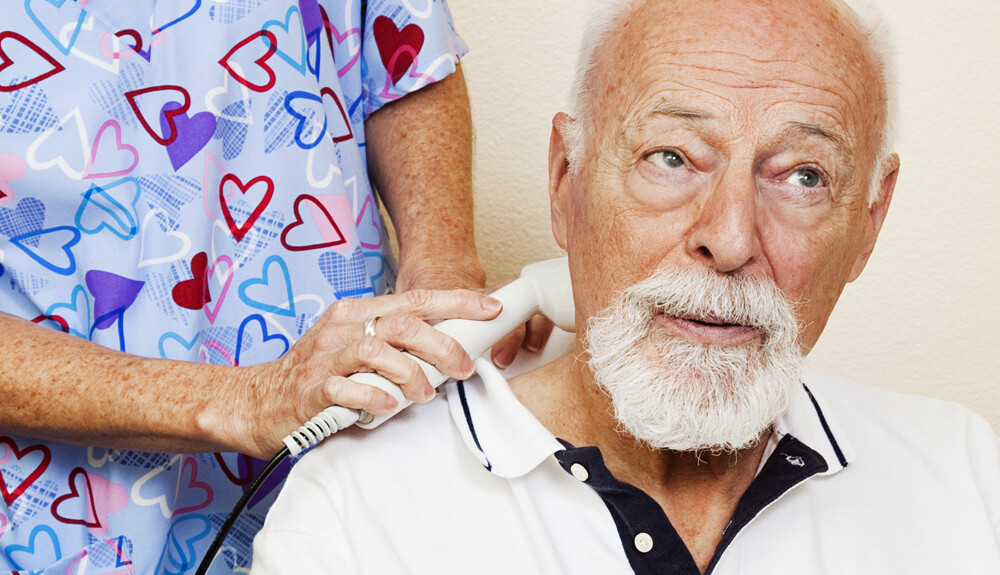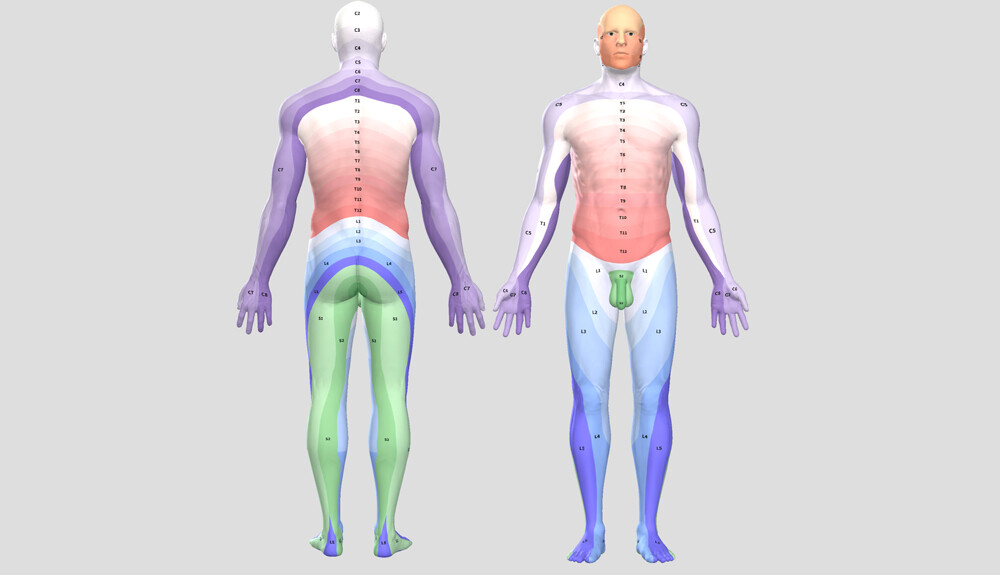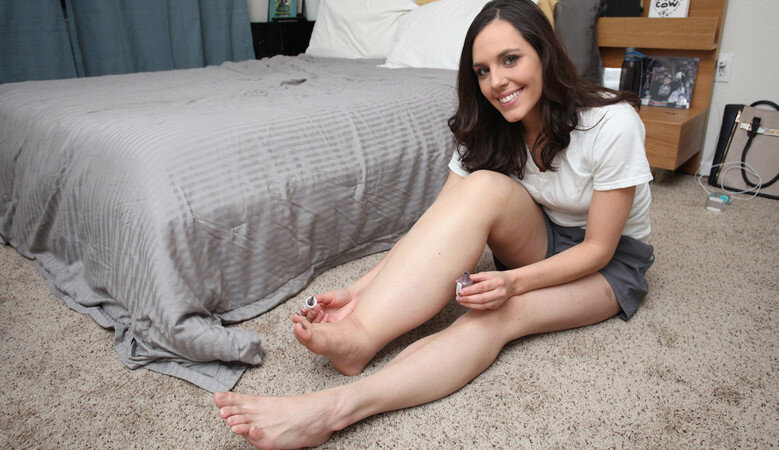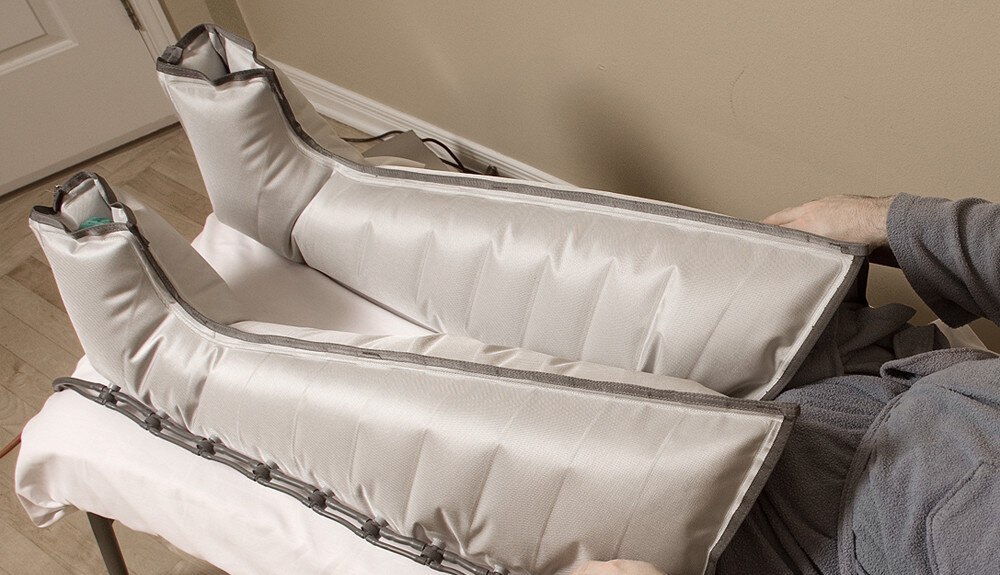If you suffer from lymphedema, you may have noticed that your symptoms get worse in spring and summer due to the warm weather. While the swelling is quite tolerable throughout the fall and winter, the situation gets worse as the warm weather arrives. Why is this so and what can you do about it?
As a starting point, please read my article titled “Why does the lymph accumulate in lymphoedema? …and why does it accumulate over and over again?”.
From this you may learn that lymph is formed every day, both in winter and summer, unstoppably. The lymphatic system is responsible for collecting the lymph and returning it to the bloodstream. If the lymphatic system is struck by any disease or is injured (in an accident or more often during surgery), it will not be able to remove all the (accumulated) lymph. This causes swelling, or in other words, lymphedema.
The relationship between lymphedema and temperature
Your blood circulation also plays a role in regulating your body temperature.
During the cold period of the year, the blood vessels in the skin constrict, which reduces heat loss. The narrower blood vessels receive less blood and therefore less lymph is formed. The lymphatic system can “cope” more easily with this amount of lymph.
If the warm weather arrives or you go to a warm heated pool or take a warm bath, the opposite process happens. The blood vessels dilate, receiving a lot of blood, which generates more lymph. At the same time, you body dissipates more heat, which cools your body. Larger amounts of lymph can already exceed the load capacity (i.e., transport capacity) of the lymphatic system. /In an undisrupted, healthy system, the transport capacity exceeds the lymphatic load (by almost 10x)/. If the lymphatic system cannot carry away the excess amount of lymphatic fluid, it appears in the form of edema.
Treatment of lymphedema
You need to treat the symptoms of lymphedema as often as necessary in order to bring the swelling back close to normal.
If the lymphatic system just fills up slowly, it means that it is less damaged. In this case, bandaging, wearing compression stockings, and performing manual or mechanical massage every few days may be sufficient.
However, if the edema returns within a few hours, the function of the lymphatic system is severely impaired. In these cases, bandaging, wearing compression stockings are the “base” (treatment modes). In addition, manual or mechanical massaging may be necessary up to several times a day. Clearly, in such serious cases, performing multiple daily manual massage therapies is not feasible. On the one hand, the masseur is not available every hour of the day, and on the other hand, it would put a significant financial burden on the patient. Therefore, purchasing a state-of-the-art compression therapy unit is essential in the home treatment of rapidly recurring edema. Your investment will pay off in a few months.
What should you do in warm weather?
As a patient suffering from lymphedema, you’ll definitely enjoy the caressing sunshine, but the warm weather “is not your friend”!
A bandage or compression garment can feel a real “prison” in warm weather. Due to the larger amount of edema, the elastic material squeezes it even more, this time of the year it feels even more uncomfortable and harder to cope with it. The unanimous recommendation of vascular specialists treating patients with lymphedema is as follows: compression clothing is needed also in the warmer months.
Some tips for enduring warm weather
- Schedule the outdoor activities for the cooler early morning and evening periods! Stay in the shade in a cool place during the hottest part of the day.
- Wear compression clothing despite the heat. If you follow the above mentioned recommendations, you can take it off during the hottest periods.
- Your clothes need to be absorbent to absorb your sweat.
- Wear light, well-ventilated clothing.
- In warm weather, often rest with your edematous limb(s) elevated! Avoid dangling the limb, do not stand or sit for too long.
- Cool your limb(s) often with a cold, damp towel (but do not soak the skin).
- Avoid sunbathing!
- If you do go out in the sun, protect your skin by applying a sunscreen.
- Go swimming! But not in warm water pools. A swimming pool filled with 24/25 degree water is the best.
- Instead of swimming, you can also do water gymnastics. The water in the swimming pool can be cold, 26-28-degree water is suitable for these purposes.
- When swimming in a lake, river or sea, always wear protective shoes to avoid injury to your affected limb(s) (due to danger of developing erysipelas).
- Protect yourself from insect bites! The bites increase the risk of infection.
- Avoid using the bathtub! Choose to shower in lukewarm, or at most body-temperature water!
- Avoid salty foods and minimize caffeine and alcohol consumption!
- Exercise daily to stimulate lymphatic circulation.
- In the cool of the day (in the coolest part of the day), walk, swim, cycle at a slow pace.
Other recommendations
If you have lymphedema, you may have noticed that after taking a sauna or a hot tub, the body area affected by lympedema gets reddened and swollen. This is due to the vasodilating effect of heat. Neither the heat of the sauna nor taking a long hot bath is good for you!
In mild to moderate lymphedema, the specialists may not prohibit them, but please, be reasonable!
Spend a maximum of 10-15 minutes in the sauna! Also shower only for a few minutes and do not set the water temperature above 38 degrees Celsius!
In severe edema, especially in complicated cases, you should completely avoid the “hot pleasures”.
And if you don’t have a compression therapy unit for home treatment yet, then you might want to consider purchasing one.
Even before the warm season arrives!

